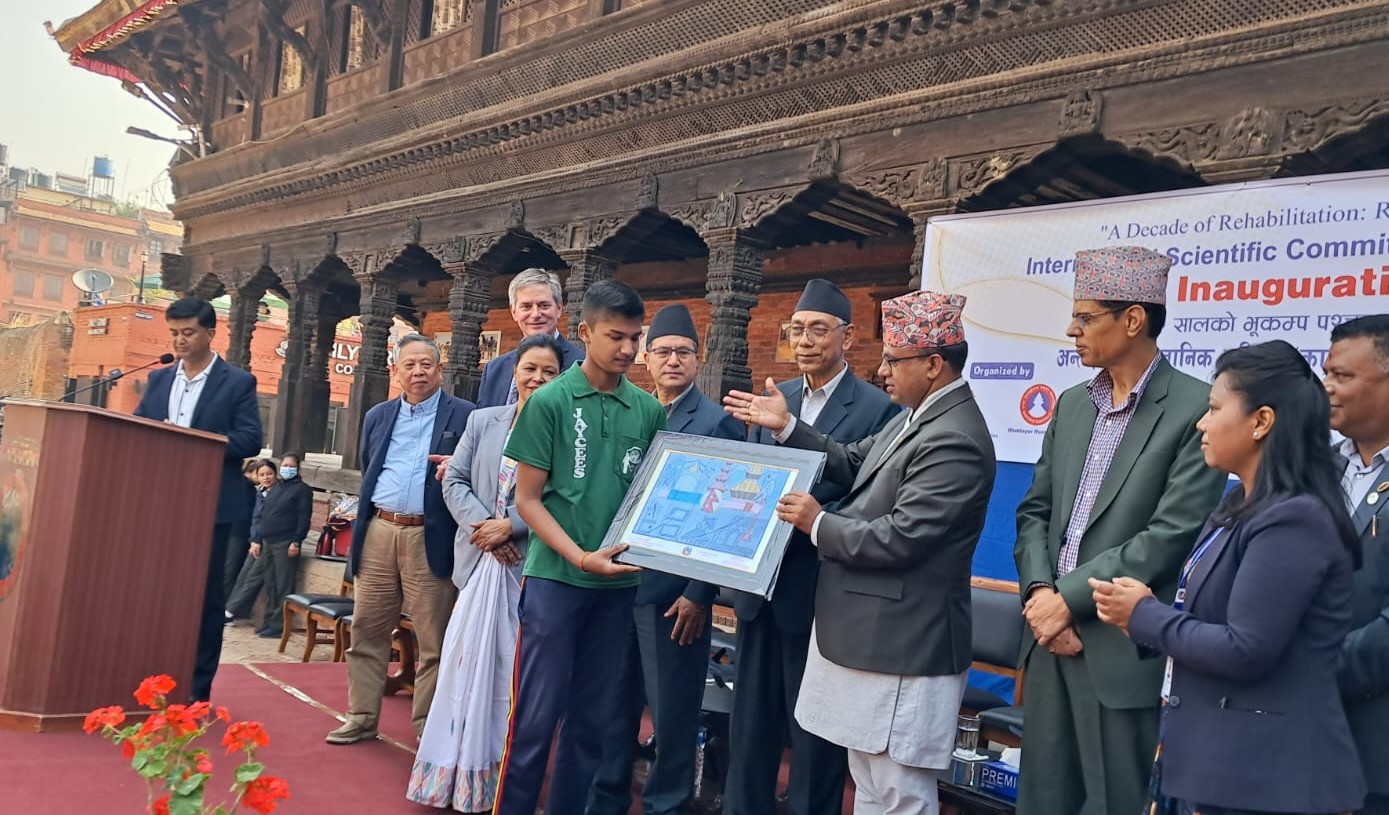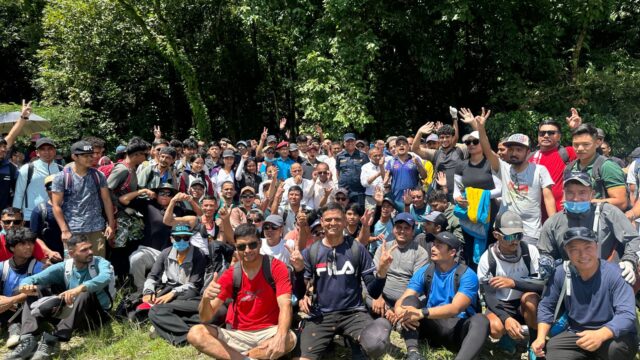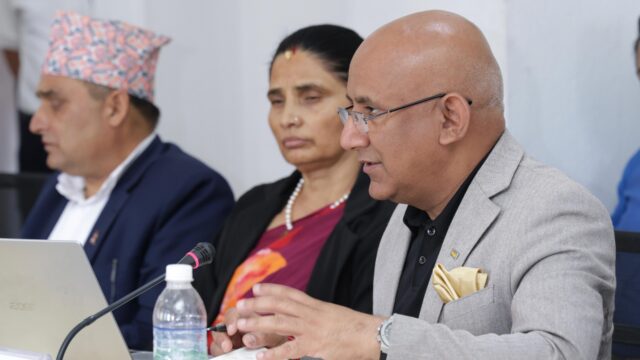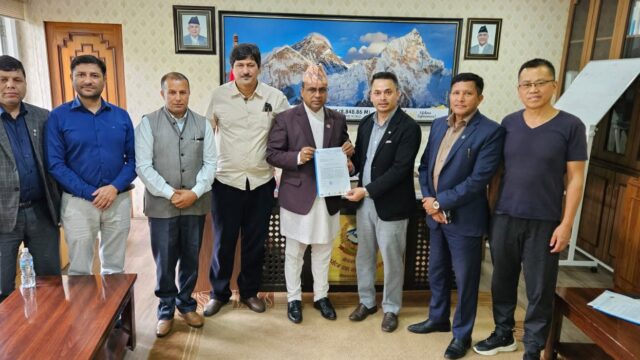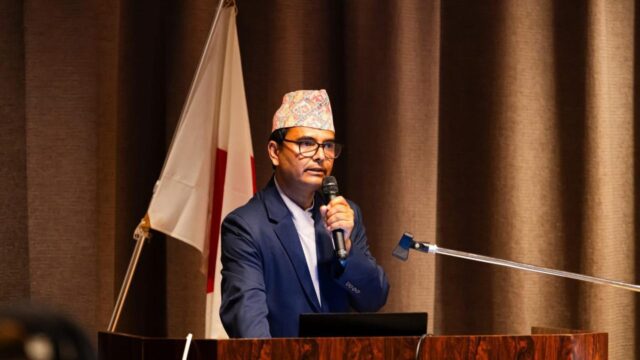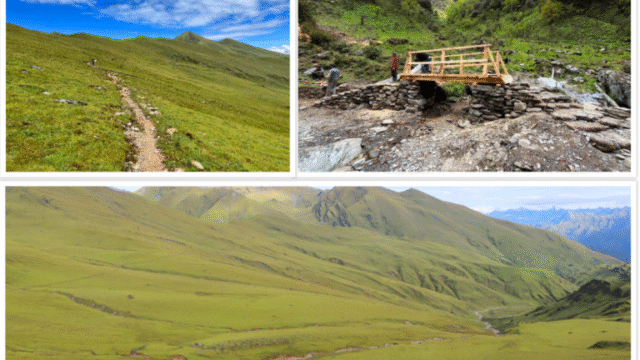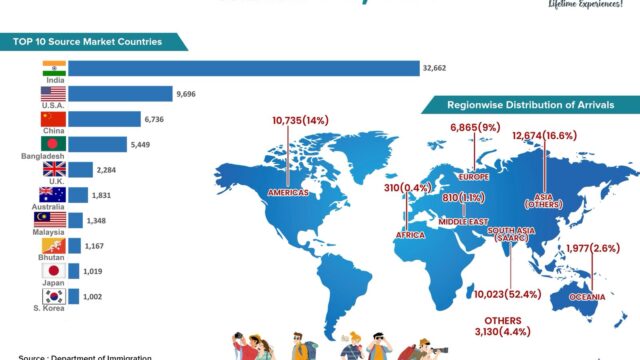Culture, Tourism, and Civil Aviation Minister Badri Prasad Pandey announced that earthquake-damaged heritage sites have been meticulously restored in their traditional styles. Speaking at the opening of the third annual meeting of the International Scientific Committee for the Kathmandu Valley World Heritage Site, he emphasized that heritage both tangible monuments and intangible traditions is the very essence of our civilization and robust history.
He noted that the revival of collapsed sites has renewed public faith and confidence and stressed that local community participation is indispensable for effective preservation. As Nepal marks the tenth anniversary of the quake, he called for a thorough review of the past decade’s restoration efforts and urged that future conservation work account for ongoing seismic risks.
Highlighting the living arts and rituals of Lalitpur, Bhaktapur, and Kathmandu, he affirmed the government’s goal to secure UNESCO recognition for Nepal’s heritage. He also underlined the need to systematically catalogue and manage key sites such as Hanuman Dhoka, Bouddhanath, Pashupatinath, and the Krishna Temple and announced plans to establish a dedicated secretariat to oversee their protection and upkeep.
